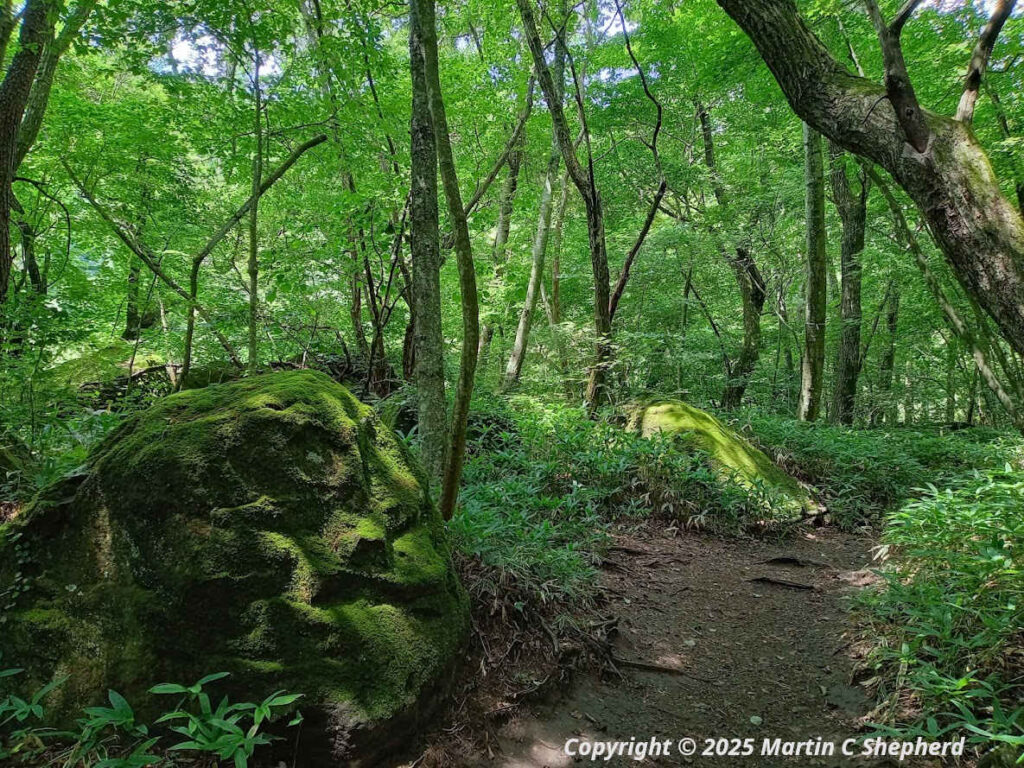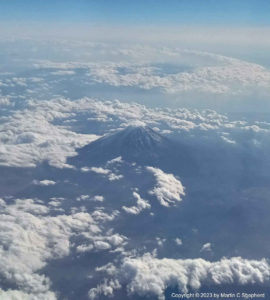
Yesterday, I finished chapter 16 of book three of the Planet Moss Saga. This is technically the halfway point in the book, but also the point where the story really begins to accelerate. I originally mapped out the books its chapters in exquisite detail, so I was hoping to finish this book quite fast, despite the challenge of writing a satisfying conclusion to the series. However, my characters have a pesky habit of getting into arguments with each other, and their conclusions often surprise me into having to adapt the story to their whims. So while the book’s finale should remain unchanged, the route there bares little resemblance to my original plan, and writing it is taking more time than anticipated.
In addition to the story evolving in unexpected ways, daily life has been impinging on the free time I can devote to writing. Worsening glaucoma has also been getting in the way of writing, but that seems to getting better now, thanks cataract surgery, which replaced the natural lenses that were crushing my eyes’ drainage mesh, with thinner artificial ones that now give me crystal-clear distance vision.
The picture that accompanies this post is a photograph from Japan’s Yamanashi prefecture. I took this in August of last year, and I fully intended to post it as soon as I returned home. Instead, it ended up serving as the background of my tablet, constantly reminding me that Ishould get around to posting something here.







